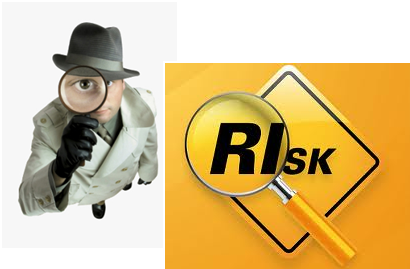Start Date:
21 April, 2025.
End Date:
25 April, 2025.
A crisis is an abnormal event that threatens the continuity of an organization’s operations and may even lead to its collapse
Many times, organizations may prevent a crisis by managing small situations and incidents in a timely manner. They can also mitigate the effects of a crisis, even if its occurrence could not be stopped. This can be done by implementing processes and procedures for preventing, preparing for, and responding to a crisis, which constitutes crisis management. This 5 days course has therefore been put together to build the necessary competence into participants to enable them understand the magnitude of losses, chaos and disruptions that could arise when a crisis occurs and how to prevent, prepare and manage it.
Learning Objectives:
At the end of this session, participants will be able to:
- Define and appreciate what crisis management is
- Determine what a crisis is
- Develop a crisis management checklist
- Apply the skills to damage management
- Demonstrate practical and analytical foundations to get ready for potential crises and create techniques for preventing or lowering damage
- Identify the effect of crime on society, stakeholders, and the company
- Demonstrate the techniques for identifying and solving crisis occasions
- Illustrate the emergency repose situations
- Illustrate the psychology of the decisions on crisis management
- Display the responsibilities of the crisis manager
- Demonstrate how to put crisis management into action
- Apply the skills learned to create a crisis management team
Course Outline
Introduction to Crisis Management
- Definition of crisis management
- Basics of crisis management
- Recognizing a crisis
- Definition of contingency plan
- Crisis levels
The Creation of a Crisis Management Team
- Implementing crisis management into action
- The responsibilities of the crisis management leader
- Decisions on crisis management
Prevention of Crisis Management
- Introduction to the prevention techniques
- Recognizing the nature of a crisis
- Risk analysis of the dangerous materials
- Vulnerability evaluation
- Creation of the steps to aid crisis management rules
- Creating the manual for crisis management
Control Models for Crisis Management
- Crisis management- emergency arrangement
- Control and command systems
- Local principles
- International regulations
Formulating the Emergency Response Plan
- Emergency companies
- Emergency steps
- Contents vital to the emergency response plan
- Analyzing the available resources
- Plan Adoption
- Distribution of the emergency plan to the employees
- Training workers
- Updating the plan
Scenarios of Emergency Response
- Contingency plan
- Usual crisis management plan limitation
- Damage control
- A crisis management checklist
Arrangement of Incident Management
- Emergency control Centers (ECC)
- Tools required
- Communication at the ECC
- Resources required
- Forward incident control (FIC)
- Safety and health
- Emergency response team (ERT)
- Crisis management team (CRT)
- Control points
Emergency Action Steps
- Environmental hazards
- Hazardous materials
- Explosion procedures
- Fire procedure
- Medical emergencies
- Analysis procedures
- Emergency action procedure
- Media and response
Decision-Making and Leadership
- Response techniques
- Operating beyond the plan
- Leadership models
Business Continuity Management Systems (BCMS)
- BCM policy needs
- Adopting a BCM program and its leadership
- Standby and contingency
- The BC method-depth and how?
- Understanding stakeholders
- Rules, standards, and legislation
Embedding of Company Continuity Among Workers
- Working with the workers to progressively raise the company continuity rules
- Creating a competency framework








